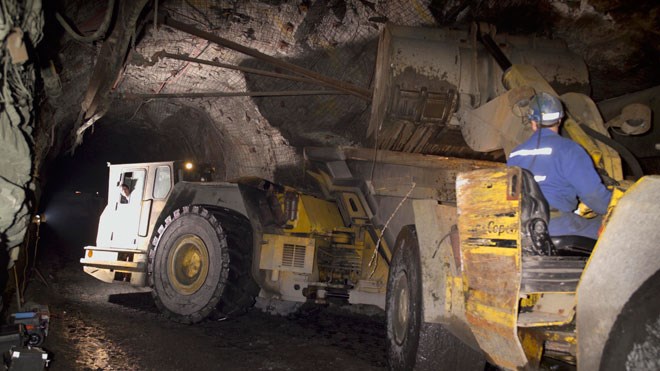After a second meeting, the province's mining review committee has outlined the key priorities it wants to address, and how to proceed with public consultations to improve mine safety in Ontario.
“We think it's important that we tap into as many mining stakeholders as possible,” said George Gritziotis, Ontario's chief prevention officer and chair of the committee's advisory group.
The review into mining safety started thanks to a campaign from the United Steelworkers and the Mining Inquiry Needs Everyone's Support (MINES) Committee for a mine safety inquiry. The government agreed to instead begin a tripartite review of the mining industry, chaired by public representatives, union leaders and industry representatives.
The mining deaths of Jordan Fram and Jason Chenier in 2011 pushed their families to start the MINES Committee and lobby for an inquiry.
On Feb. 29, 2012, the United Steelworkers released a comprehensive report with 165 recommendations to ensure other miners would not face the same dangerous conditions that killed Fram and Chenier the previous year.
During the advisory committee's second meeting, members established three key priority areas the review would need to investigate.
Those were: the impact technology has on health and safety in the mining sector; the internal responsibility system in the industry; and the capacity for government and the sector to address health and safety needs through enforcement and training.
When asked why the review, which started in January, had not yet moved to the public consultation phase, Gritziotis said it was important to lay down the exercise' groundwork and scope first.
“I know there's a sense of urgency, and I understand it, because this is about people's lives,” he said. “On the other hand, we have to make sure we get our house in order and do it the appropriate way.”
The advisory group, which includes two vice-chairs who represent the mining industry and labour, will establish sub-groups to review the three priority areas it has established.
Industry stakeholders, and members of the public – including mining industry workers and their family members – will then be invited to provide written comment through a public consultation. The Ministry of Labour website will have a section dedicated to the public consultation, Gritziotis said.
The review, which is planned to continue until the end of the year, will also host public consultation sessions in mining communities such as Sudbury, Timmins and Red Lake.
The advisory committee's next meeting will be on March 31 in Timmins.
Gritziotis is expected to release a mid-review report in June or July, and will release a final report after the review is completed, at the end of 2014.
The review will recommend amendments to government regulations where appropriate.
@jmigneault
